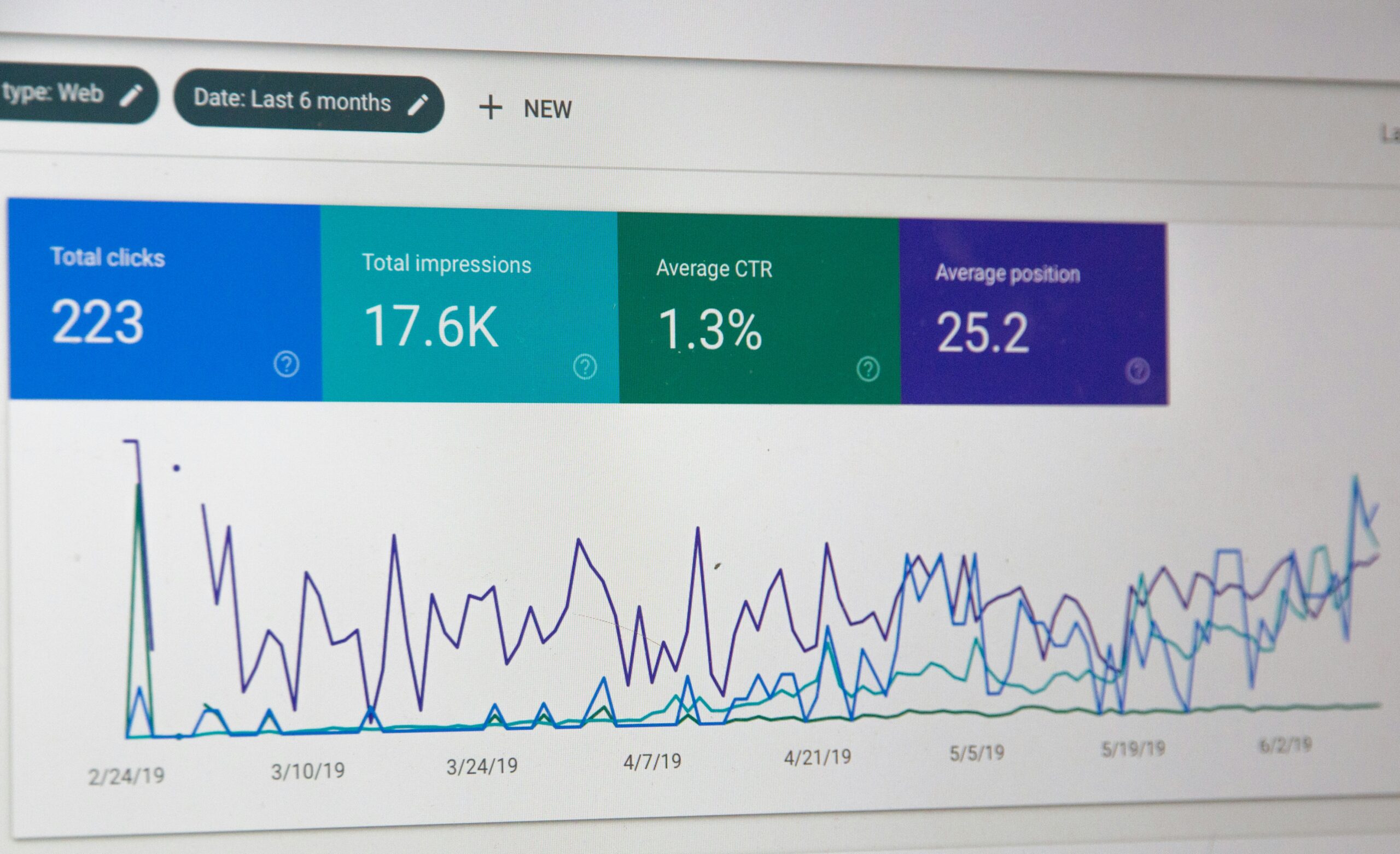Understanding the success of customer acquisition efforts starts with measuring the right metrics. These metrics serve as a roadmap, showing what’s working, what needs improvement, and how marketing investments are translating into growth. From tracking how much it costs to acquire each customer to analyzing how long those customers stay and how much they spend, these data points reveal the true effectiveness of acquisition strategies. In this blog, we’ll explore the most important metrics—like Customer Acquisition Cost (CAC), Customer Lifetime Value (CLTV), conversion rates, and ROI—and explain how they connect to real-world decisions that impact growth, efficiency, and profitability.
Key Takeaways
- Tracking metrics like CAC, CLTV, conversion rates, and ROI is essential for evaluating acquisition effectiveness.
- A strong CLTV-to-CAC ratio ensures sustainable growth and long-term profitability.
- Conversion rates help identify friction points and optimize the customer journey.
- Custom dashboards and attribution modeling improve cross-channel analysis and budget allocation.
- Continuous A/B testing and data-driven adjustments enhance acquisition strategies and boost ROI.
How Does Customer Acquisition Cost (CAC) Impact Strategy Evaluation?

Understanding CAC is essential when evaluating the effectiveness of customer acquisition strategies. It reveals how much is spent to gain each new customer and whether these costs align with long-term goals. A low CAC relative to customer lifetime value suggests that acquisition efforts are both efficient and sustainable.
What Is Customer Acquisition Cost (CAC) and Why Does It Matter?
CAC is calculated by dividing total acquisition expenses by the number of new customers gained in a time frame. It gives insight into how well marketing and sales resources are being used. A lower CAC with a high customer lifetime value typically reflects strong strategy alignment and efficient lead conversion.
How Can CAC Be Analyzed Across Different Channels?
Breaking down CAC by channel—such as social media, email, PPC, or SEO—reveals where budgets are working hardest. Some channels may yield cheaper leads but fewer conversions. Comparing costs and outcomes helps determine which platforms drive the best return, guiding budget adjustments accordingly.
How Can Real-Time Dashboards Improve CAC Monitoring?
Dashboards offer ongoing visibility into campaign performance. They integrate metrics like spend, conversions, and ROI, making it easier to spot inefficiencies. Real-time access supports quick decision-making, allowing businesses to reallocate resources and adjust strategies before costs escalate.
Why Is Customer Lifetime Value (CLTV) Crucial for Measuring Acquisition Success?

CLTV is a long-term metric that helps evaluate how much revenue a customer brings over time. When compared with CAC, it helps determine if acquisition spending is sustainable. A balanced CLTV-to-CAC ratio is key to strategic growth and profitability.
What Does CLTV Tell You About Customer Quality?
CLTV highlights the long-term value of customers, helping you identify which segments are worth targeting. Customers with higher CLTVs are typically more engaged and loyal. Prioritizing acquisition strategies that attract high-value customers improves retention and boosts revenue.
How Can CLTV Guide Acquisition Budgeting?
Knowing CLTV allows smarter investment decisions by showing how much can be spent to acquire each customer. If CLTV is high, spending more on acquisition may be justified. This balance ensures that resources go toward strategies with a positive long-term payoff.
How Can Retention Tactics Enhance CLTV?
Improving retention through loyalty programs, personalized messaging, or proactive support increases CLTV. Satisfied customers often buy more over time and refer others. Small improvements in retention lead to major gains in lifetime value, reinforcing sustainable acquisition strategies.
How Do Conversion Rates Reflect the Effectiveness of Acquisition Channels?

Conversion rates offer immediate insight into how well marketing efforts are turning leads into customers. Evaluating these rates by channel helps determine which strategies are actually working and where friction points may exist in the buyer journey.
Why Are Conversion Rates Important in Acquisition?
They show how effectively a campaign or touchpoint encourages customer action. Whether it’s clicking a CTA or completing a form, high conversion rates indicate smooth user experiences. Monitoring these rates regularly helps optimize performance and boost ROI.
How Can Conversion Rates Be Improved?
Use A/B testing to refine messages, images, and CTAs. Streamline landing pages to minimize distractions, and make forms short and intuitive. These adjustments reduce friction and keep users focused on the desired action, increasing the chance of conversion.
What Do Channel-Specific Conversion Rates Reveal?
Each channel has different dynamics. Email may convert differently than social ads or search traffic. Analyzing conversion rates by source highlights which campaigns drive quality leads, enabling better segmentation and smarter investment decisions.
What Role Does Return on Investment (ROI) Play in Customer Acquisition?

ROI helps determine whether the money spent on acquisition is paying off. It combines revenue data with cost analysis to show which campaigns are profitable and which may need refinement. High ROI confirms strategic alignment, while low ROI signals waste.
How Is ROI Calculated for Acquisition Efforts?
ROI is the net profit divided by total campaign costs, then multiplied by 100. It shows the financial return generated by each marketing dollar. This metric guides whether efforts should be expanded, scaled down, or restructured to improve efficiency.
How Does ROI Help Compare Different Campaigns?
Evaluating ROI across platforms highlights which efforts produce the best results. If one channel brings higher returns at a lower cost, shifting funds to that channel improves performance. ROI serves as a compass for budget reallocation and campaign focus.
How Can Continuous ROI Monitoring Improve Strategy?
Regular reviews prevent prolonged investment in underperforming areas. When tracked consistently, ROI provides early warnings and allows for timely shifts in strategy. This leads to smarter acquisition planning and sustainable marketing growth.
How Can I Analyze the Performance of Different Marketing Channels?

Analyzing marketing channel performance helps refine acquisition strategies by identifying where efforts are most effective. It reveals which platforms attract high-converting leads at a sustainable cost, helping businesses make smart, data-informed decisions about resource allocation.
What Metrics Matter Most When Assessing Channel Performance?
Key metrics include CAC, CLTV, conversion rates, and ROI. These provide insight into how each channel contributes to acquisition goals. Evaluating these data points helps pinpoint which sources consistently deliver high-value customers and which ones require optimization or reduced focus.
How Do You Compare SEO, PPC, Email, and Social Media?
Each channel offers unique advantages. SEO and email often have lower CAC and stronger long-term performance, while PPC provides quick visibility. Social media excels in reach and engagement. Comparing metrics like bounce rate, CTR, and conversion rate helps assess their real impact.
What Is the Benefit of Using Attribution Modeling?
Attribution modeling connects specific channels to the final conversion. It helps assign value across the buyer journey so that no important touchpoint is overlooked. This clarity improves channel analysis and ensures marketing budgets are directed toward what truly works.
Which Metrics Best Measure SEO and PPC Channel Success?

Both SEO and PPC are essential acquisition channels, but they require distinct metrics to evaluate success. Knowing what to measure helps ensure strategies are tailored for efficiency, cost-effectiveness, and long-term growth.
What Are the Key Metrics for SEO Success?
Organic traffic, keyword rankings, and bounce rates are top indicators. A rise in these metrics suggests improved visibility and user relevance. Tracking these over time helps gauge whether content and optimization efforts are leading to sustainable organic growth.
How Can You Assess PPC Channel Effectiveness?
For PPC, important metrics include cost per click (CPC), click-through rates, quality scores, and ROAS. These reveal how well ads attract and convert leads. Analyzing these metrics helps fine-tune targeting, bidding strategies, and ad creative for better returns.
How Do These Metrics Help Optimize Strategy?
They identify what’s working and what’s not. Strong SEO performance suggests it’s worth increasing content investment, while high CPC may warrant budget shifts. Regular review ensures resources are focused on strategies with measurable, positive outcomes.
How to Track Social Media and Email Marketing Acquisition Results?

Tracking results from social media and email campaigns is critical for understanding their impact on acquisition. These channels often nurture early engagement, so accurate measurement ensures their contribution is recognized and optimized.
What Metrics Show Email Marketing Effectiveness?
Open rates, click-through rates, and conversion rates are key. High engagement in these areas signals that messages resonate with the audience. Low metrics may indicate poor timing or subject lines, offering opportunities for testing and improvement.
How Do You Measure Social Media Acquisition?
Engagement metrics like likes, comments, shares, and follower growth reflect reach and interest. Combined with click-throughs and conversions, they offer a complete view of how social activity supports acquisition and leads users into the funnel.
How Can These Insights Be Integrated for Better Performance?
Combining social and email data in a central dashboard reveals behavioral trends and content preferences. This helps create cohesive cross-channel strategies, improve targeting, and ultimately boost acquisition outcomes with smarter messaging and timing.
Frequently Asked Questions
How can businesses balance CAC and CLTV for sustainable growth?
Balancing CAC and CLTV is essential for sustainable growth. Businesses should aim for a CLTV that is at least three times higher than the CAC to ensure long-term profitability. With Nurture Machine’s lifecycle automation and segmentation tools, companies can target high-value customers more effectively, personalize campaigns, and improve retention—leading to a stronger CLTV without increasing acquisition costs unnecessarily.
What are the most effective channels for reducing customer acquisition cost?
Channels like SEO, email marketing, and behavioral targeting tend to offer lower CAC due to their efficiency and long-term returns. Nurture Machine supports these efforts through omnichannel automation and AI-powered personalization, enabling businesses to deploy cost-effective campaigns that engage users at key moments and drive conversions across touchpoints without overspending.
How do custom dashboards improve decision-making in customer acquisition?
Custom dashboards integrate data from multiple sources into a centralized platform, offering real-time insights into key metrics such as conversion rates, CAC, CLTV, and ROI. This centralized view helps quickly identify trends and bottlenecks, enabling prompt adjustments and more informed decision-making.
What role does A/B testing play in conversion rate optimization?
A/B testing plays a key role in refining digital assets and messaging for better conversion outcomes. Nurture Machine offers integrated A/B testing capabilities that allow users to compare variations of emails, landing pages, and messaging sequences. These insights help optimize customer journeys, reduce friction, and consistently improve conversion rates.
How important is cross-channel visibility for overall acquisition success?
Cross-channel visibility is critical because customers interact with brands across multiple touchpoints before converting. Evaluating performance across channels enables better resource allocation, consistent messaging, and a more integrated acquisition strategy.
Conclusion
The success of customer acquisition strategies relies on tracking and analyzing key metrics such as CAC, CLTV, conversion rates, and ROI. Leveraging data-driven insights and cross-channel analytics enables businesses to fine-tune their acquisition processes for optimal efficiency and sustainable growth. Through continuous monitoring, A/B testing, and personalized strategies, companies can refine the customer journey, convert more leads into loyal customers, and align marketing investments with long-term value creation, ultimately driving business profitability.






